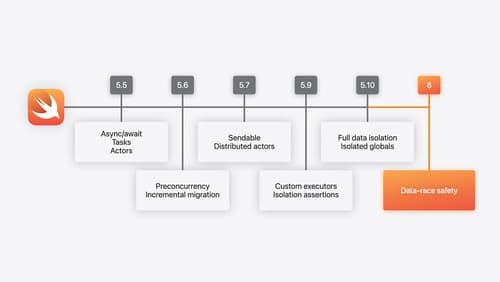Page-in linking 为什么会减小安装包大小
Asked on 2025-03-03
1 search
Page-in linking is a technique that can help reduce the size of an installation package by allowing certain resources or data to be loaded on demand rather than being included in the initial download. This approach is particularly useful in scenarios where not all parts of an application or game are needed immediately upon installation. By deferring the download of non-essential components until they are actually needed, the initial package size can be significantly reduced, leading to a faster installation process and saving storage space on the device.
For example, in the session Design advanced games for Apple platforms, it is mentioned that you can minimize waiting by enabling people to play your game as soon as installation finishes by ensuring the initial stages of your game are downloaded at launch. This allows for a seamless experience where additional game data can be loaded in the background, reducing the initial download size and improving the user experience.

What’s new in Swift
Join us for an update on Swift. We’ll briefly go through a history of Swift over the past decade, and show you how the community has grown through workgroups, expanded the package ecosystem, and increased platform support. We’ll introduce you to a new language mode that achieves data-race safety by default, and a language subset that lets you run Swift on highly constrained systems. We’ll also explore some language updates including noncopyable types, typed throws, and improved C++ interoperability.

Bring your machine learning and AI models to Apple silicon
Learn how to optimize your machine learning and AI models to leverage the power of Apple silicon. Review model conversion workflows to prepare your models for on-device deployment. Understand model compression techniques that are compatible with Apple silicon, and at what stages in your model deployment workflow you can apply them. We’ll also explore the tradeoffs between storage size, latency, power usage and accuracy.

Analyze heap memory
Dive into the basis for your app’s dynamic memory: the heap! Explore how to use Instruments and Xcode to measure, analyze, and fix common heap issues. We’ll also cover some techniques and best practices for diagnosing transient growth, persistent growth, and leaks in your app.
